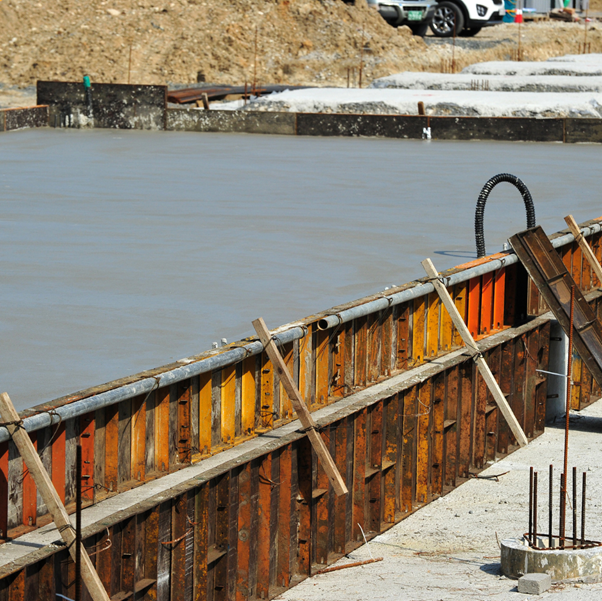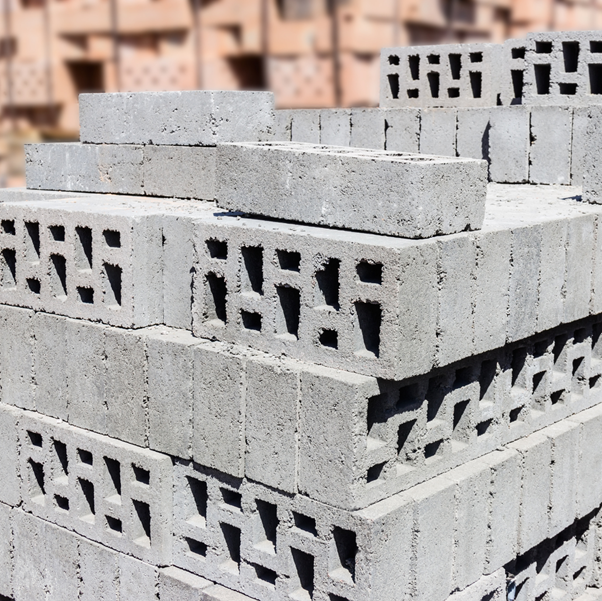Concrete bricks and blocks are essential materials in the construction industry. Their versatility and strength make them ideal for a variety of building projects. However, to ensure durability and structural integrity, it’s crucial to employ correct techniques when working with these materials. This article will delve into the best practices for handling, laying, and maintaining concrete bricks and blocks. By adhering to these guidelines, builders can achieve optimal results and maximise the lifespan of their structures.
Choosing Quality Materials
When embarking on a construction project, selecting high-quality concrete bricks and blocks is paramount. Reliable concrete block suppliers provide materials that meet industry standards, ensuring durability and safety.
Inspect for Consistency: Examine the concrete bricks and blocks for uniformity in size, shape, and colour. Inconsistent materials can lead to uneven walls and weak structures.
Check for Cracks and Defects: Before purchase, thoroughly inspect each block and brick for cracks, chips, or other defects. Using damaged materials can compromise the integrity of your construction.
Verify Strength and Density: Consult with your concrete block suppliers about the strength and density of their products. High-density blocks are typically stronger and provide better insulation.
Preparing the Site
Proper site preparation is crucial to ensure the stability and longevity of your structure. This step involves several key activities that lay the groundwork for successful construction with concrete bricks and blocks.
Clear the Area: Remove any debris, vegetation, or old structures from the site. A clean, level base is essential for a solid foundation.
Establish a Solid Foundation: Depending on the project, this might involve pouring a concrete slab or installing footings. The foundation must be level and properly cured before laying any blocks or bricks.
Mark Layout Lines: Use stakes, string lines, and levels to mark the exact placement of your walls. This ensures that your construction is straight and square from the outset.
Mixing and Applying Mortar
Mortar acts as the binding agent between concrete bricks and blocks, and its correct preparation and application are vital to the strength of your walls.
Mix Mortar Correctly: Follow manufacturer instructions to mix mortar to the right consistency. It should be thick enough to hold its shape but still pliable enough to spread easily.
Apply Mortar Evenly: Use a trowel to apply an even layer of mortar to the base and sides of each block. Consistent mortar application helps maintain the structural integrity of the wall.
Maintain Clean Joints: As you lay each block or brick, ensure that excess mortar is cleaned from the joints. This not only improves the appearance of the wall but also prevents weak spots.
ALSO READ: Beyond Mix and Pour : The Art and Science of Cement Application
Laying Concrete Bricks and Blocks
Laying concrete bricks and blocks requires precision and attention to detail. Following these steps will help ensure a strong and stable structure.
Start at the Corners: Begin laying blocks at the corners of your foundation and build towards the centre. Corners provide stability and a reference point for the rest of the wall.
Use a Level: Frequently check that each block is level and plumb. Small deviations can lead to significant issues as the wall rises.
Stagger Joints: Staggering the joints between rows, also known as a running bond pattern, increases the wall’s strength and stability.
Curing and Maintenance

Proper curing and maintenance are essential to ensure the longevity and durability of your concrete brick and block structures.
Allow for Curing Time: Concrete structures need adequate time to cure. Protect your newly constructed walls from harsh weather and provide appropriate moisture to prevent cracking.
Inspect Regularly: Periodically inspect your walls for signs of damage or wear. Early detection of issues can prevent more significant problems later.
Repair Promptly: Address any cracks or defects immediately. Use a suitable repair mortar to fix any issues, ensuring that repairs blend seamlessly with the existing structure.
Working with Concrete Block Suppliers
Collaborating with reputable concrete block suppliers can significantly impact the success of your project. These suppliers provide high-quality materials and often offer valuable advice and support.
Communicate Your Needs: Communicate your project requirements to your supplier. They can help you select the right type and quantity of blocks and bricks.
Seek Advice: Don’t hesitate to ask your supplier for recommendations on best practices and the latest industry standards.
Schedule Deliveries Wisely: Coordinate deliveries to align with your construction timeline, ensuring materials are on-site when needed and reducing the risk of damage from prolonged exposure to the elements.
Conclusion
Mastering the techniques for working with concrete bricks and blocks is essential for any builder. By selecting quality materials, preparing your site properly, mixing and applying mortar correctly, laying blocks with precision, and maintaining your structures diligently, you can achieve outstanding results. Reliable concrete block suppliers are key partners in this process, providing both materials and expertise.
For quality concrete blocks and expert advice, visit Chi Han Trading today. Enhance your construction projects with reliable materials from trusted concrete block suppliers.




